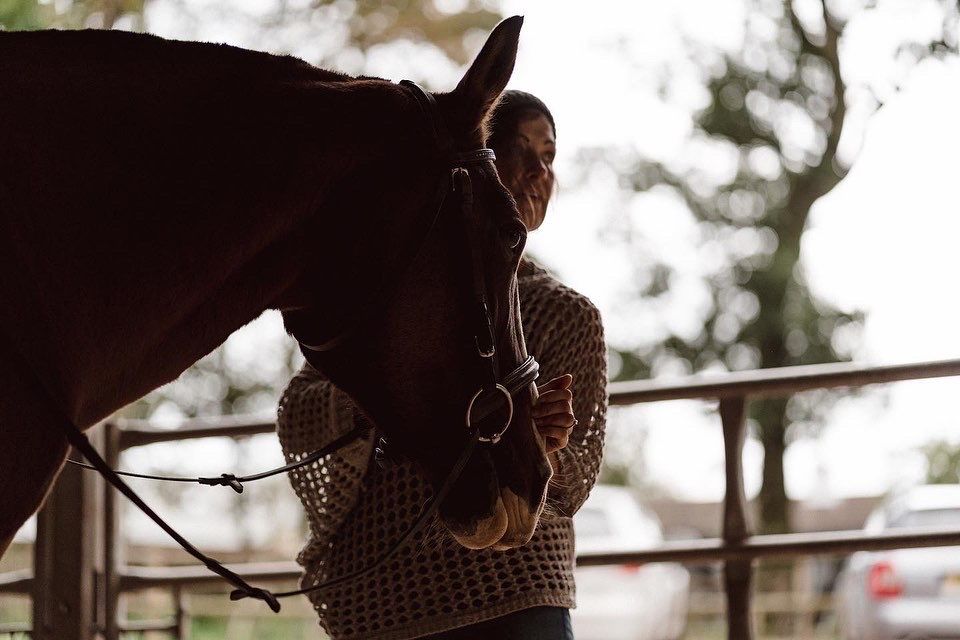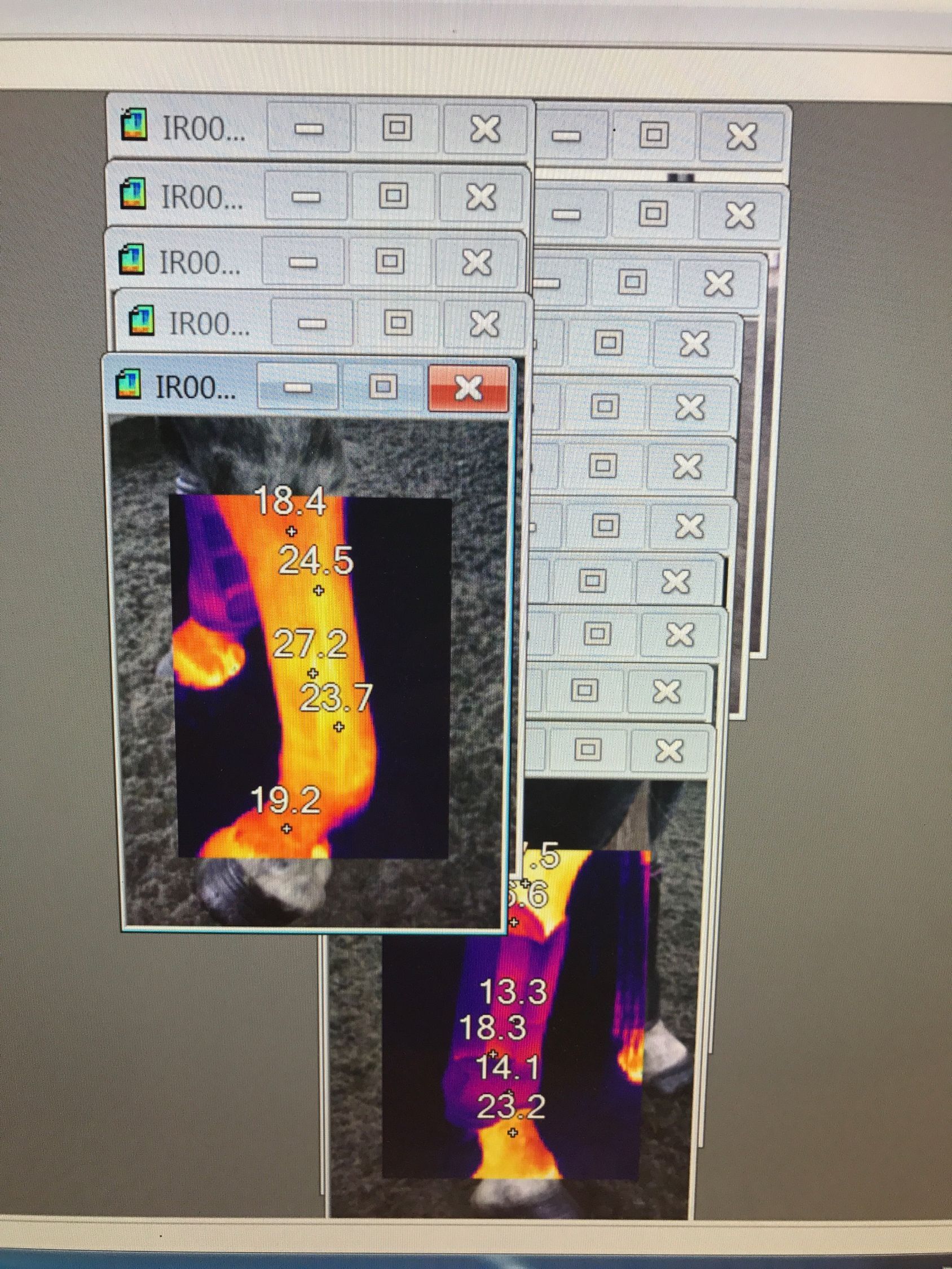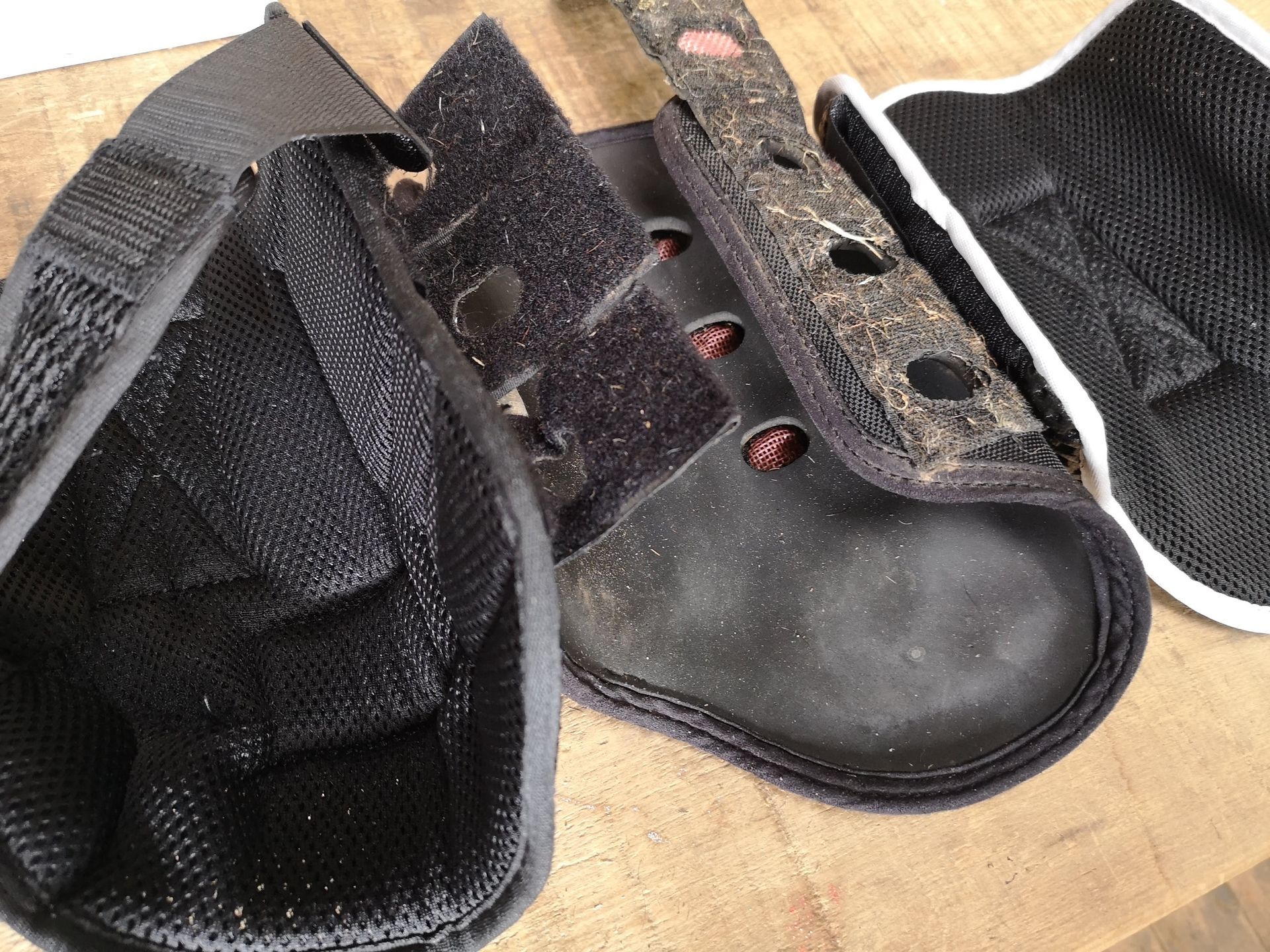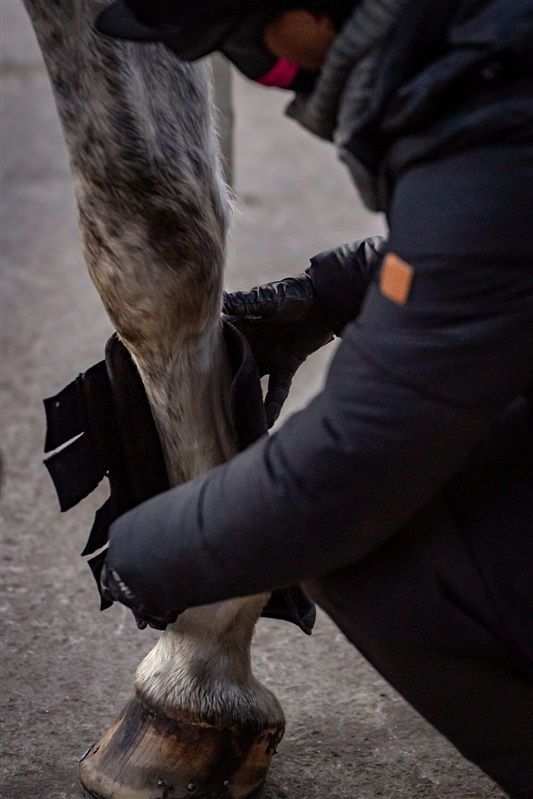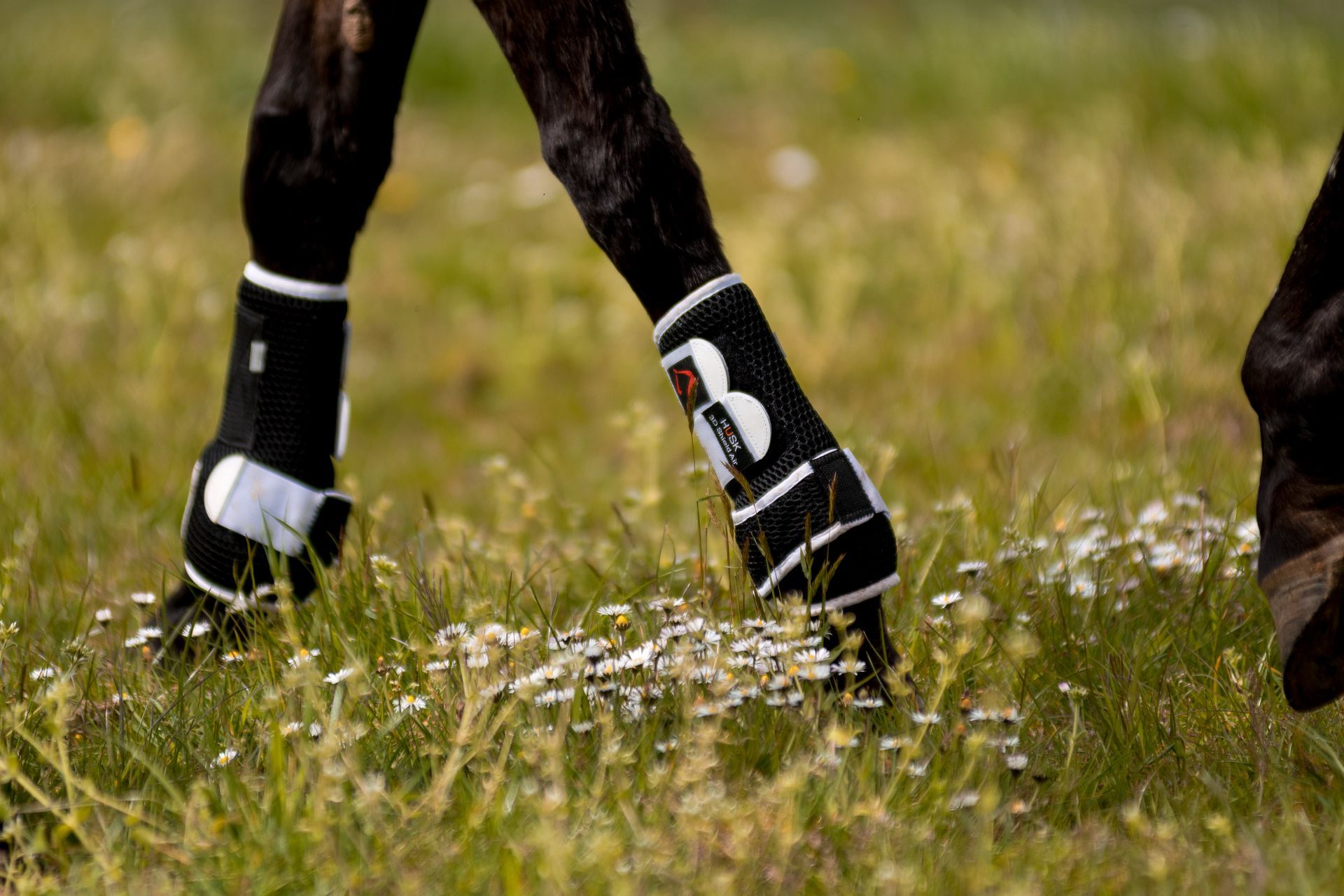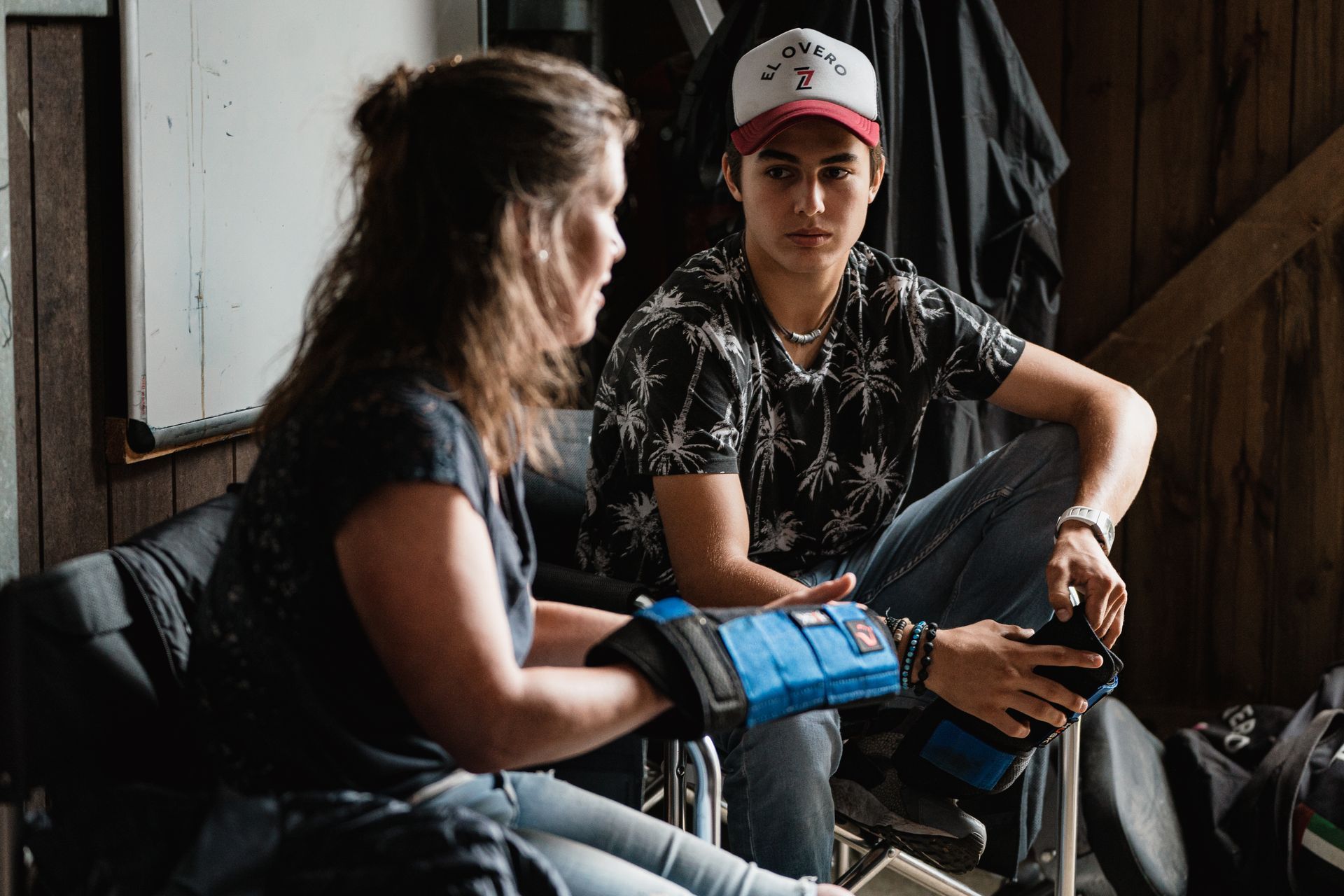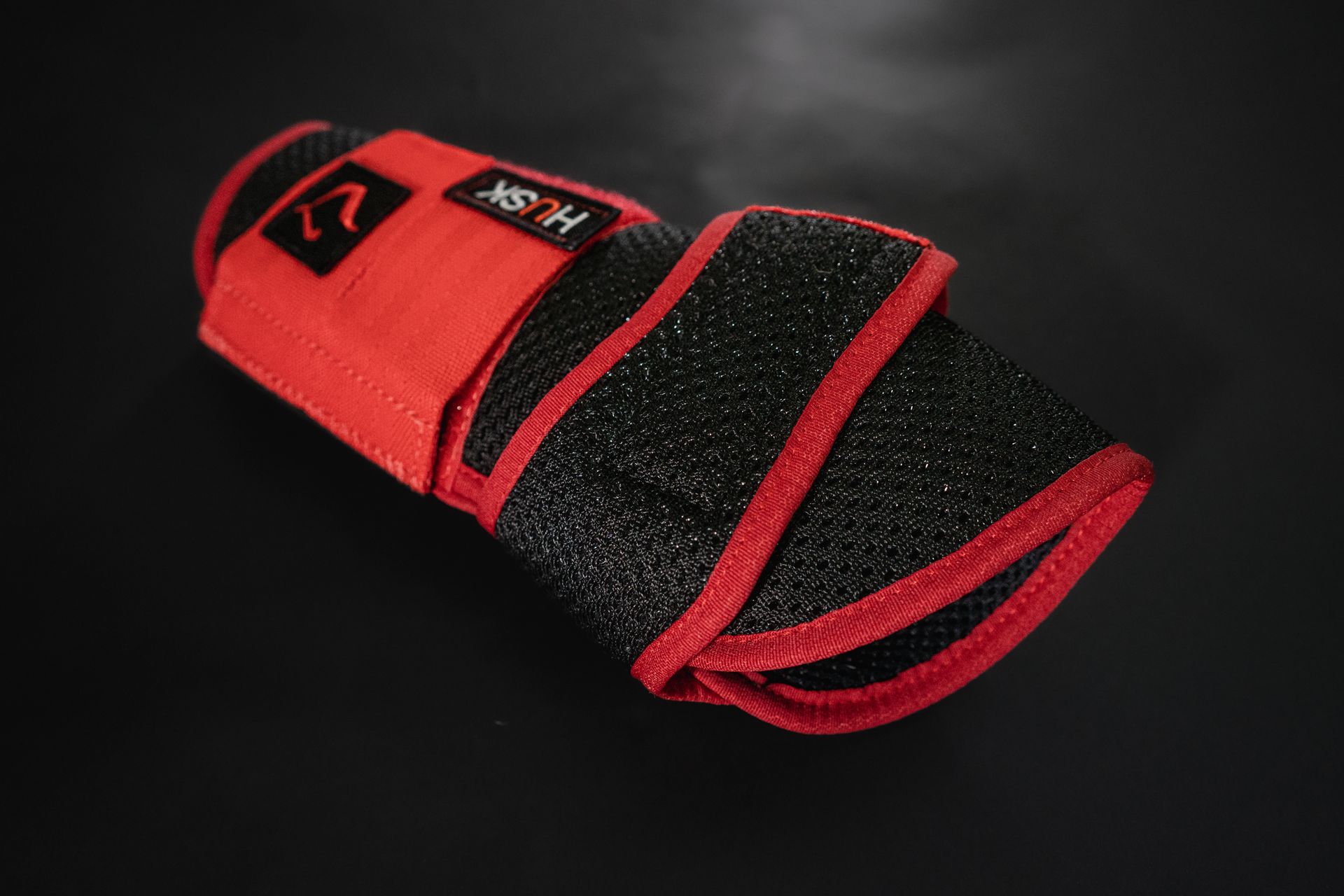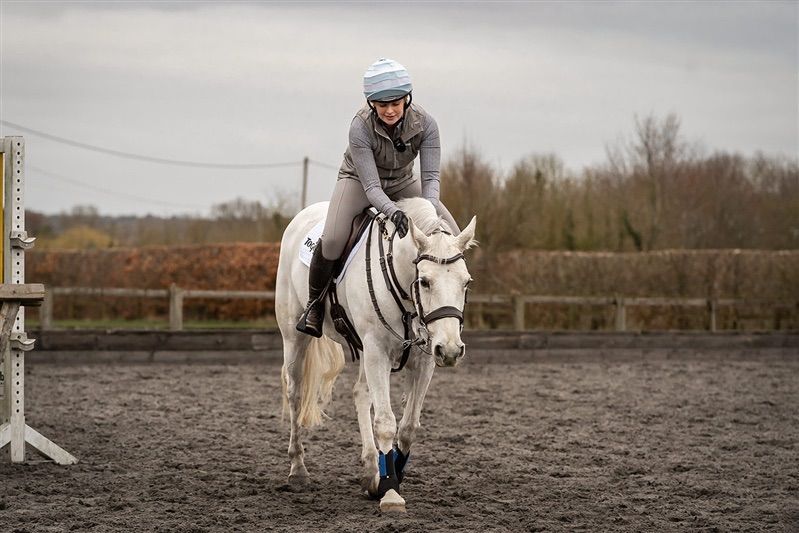What Happens When Horse Tendons Over Heat?
SHARE POST
What Happens When Horse Tendons Over Heat?
Short and sweet text on what happens to cells when they over heat?
The effect of exercise-induced localised hyperthermia on tendon cell survival
H L Birch 1, A M Wilson, A E Goodship
Affiliations Expand
- PMID: 9202452 DOI: 10.1242/jeb.200.11.1703
Tendons that store energy during locomotion, such as the equine superficial digital flexor tendon (SDFT) and human Achilles tendon, suffer a high incidence of central core degeneration which is thought to precede tendon rupture.
Although energy storage contributes to the efficiency of locomotion, tendons are not perfectly elastic and some energy is lost in the form of heat.
Recent studies have shown that the central core of equine SDFT reaches temperatures as high as 45 degrees C during high-speed locomotion.
In this study, we test the hypothesis that hyperthermia causes tendon cell death and results in tendon central core degeneration. Tendon fibroblasts cultured from the core of the equine SDFT were subjected to a temperature of 45 degrees C in an in vitro system for 0-180 min, and cell survival fraction was measured and compared with that for equine dermal fibroblasts and a commercial rat kidney fibroblast cell line (NRK 49F).
Tendon fibroblasts were significantly more resistant to hyperthermia than NRK 49F cells after 30, 45 and 60 min of heating and significantly more resistant than dermal fibroblasts after 45 and 60 min of heating.
After 10 min of heating at 45 degrees C, the tendon fibroblast cell survival fraction was 91 +/- 4%, whereas heating for 10 min at 48 degrees C resulted in a drop in the cell survival fraction to 22 +/- 4%.
In conclusion, while temperatures experienced in the central core of the SDFT in vivo are unlikely to result in tendon cell death, repeated hyperthermic insults may compromise cell metabolism of matrix components, resulting in tendon central core degeneration.
Conclusion is that the proteins that hold the cells together begin to degrade, affecting the stability of the cells. This is an affect that becomes visible over time, not immediately, but it seems the regular heating and cooling of cells exacerbates the problem. It appears to be the regularity of the exposure to insulation that causes the damage. Therefore attempting to keep temperatures as consistent as possible, and temperature variances as minimal and gradual as possible is paramount.
It is important to not over look these risks, as if we are using boots to "protect tendons" it's paramount that we understand what protection really means, and it is not just bumps. It is our responsibility as guardians of our horses to ensure that we take the time to look into the research carried out on the boots to uphold the promises made, as there are many promises and claims on the market. HUSK Breathable Horse Boots have been repeatedly tested to uphold their claims around breathability and non heating features, they have also compared their products to leaders on the market making the same claims.
BUY HUSK BEST BREATHABLE HORSE BOOTS HERE!
https://www.thehusk.co.uk/air-boots
Link below to Research
HUSK Air boots have been tested to prove causation of temperature beyond natural increase is not significant (studies in blog).
The post What Happens to Cells When Subjected to Heat? appeared first on TheHUSK.
MORE POSTS
